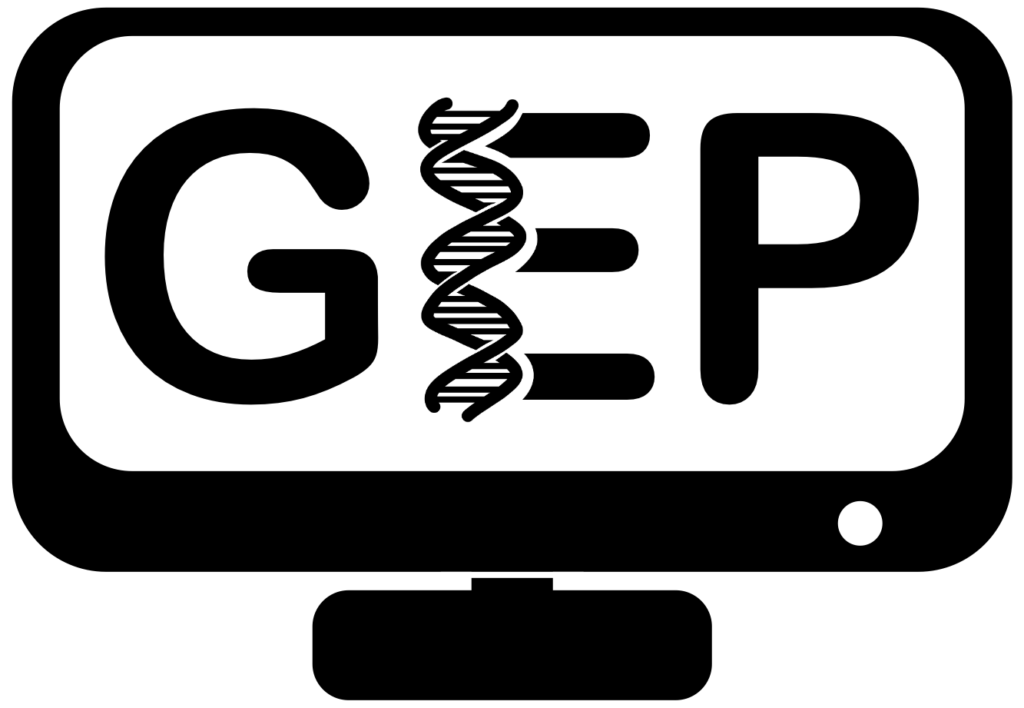BLAST
Annotation of Transcription Start Sites in Drosophila
This walkthrough illustrates the GEP protocol for the comparative annotation of transcription start sites (TSS) in D. biarmipes. The walkthrough also includes a sample GEP TSS Report for the TSS annotation of onecut.
Searching for Transcription Start Sites in Drosophila
This PowerPoint presentation describes the recommended annotation strategy for identifying transcription start sites in Drosophila. The presentation provides an overview of the promoter architecture in D. melanogaster and describes the types of evidence that can be used to support the transcription start sites annotations.
Annotation of Other Genomic Features within the F Element Project
This presentation illustrates the unusual genomic features that GEP students have encountered as part of their annotation of Muller F Elements from Drosophila ananassae and D. bipectinata. The Muller F Elements in these two species have undergone substantial expansion compared to D. melanogaster. The presentation describes the basic strategy for identifying pseudogenes, retrogenes, partial gene duplications, pseudogene clusters, and nuclear mitochondrial DNA segments (NUMT) within these F Element annotation projects.
Annotation Strategy Guide
This document illustrates how the strategies outlined in the Annotation Instruction Sheet can be applied to more challenging annotation cases.
Annotation Instruction Sheet
This document is a more in depth description of the evidence based annotation technique used by the GEP. This document is designed to complement and extend the basic technique described in the Annotation for D. virilis PowerPoint.
Annotation for D. virilis
This is a PowerPoint presentation describing the recommended strategies for annotating a D. virilis fosmid. The homology-based annotation strategy should also be applicable to annotation of D. erecta and D. mojavensis projects.
Annotation of Drosophila
This PowerPoint presentation describes the recommended annotation strategy for Drosophila projects. The presentation provides an overview of the goals of the GEP annotation project, an introduction to NCBI BLAST, web databases, and the issue of reading frames and phase.
